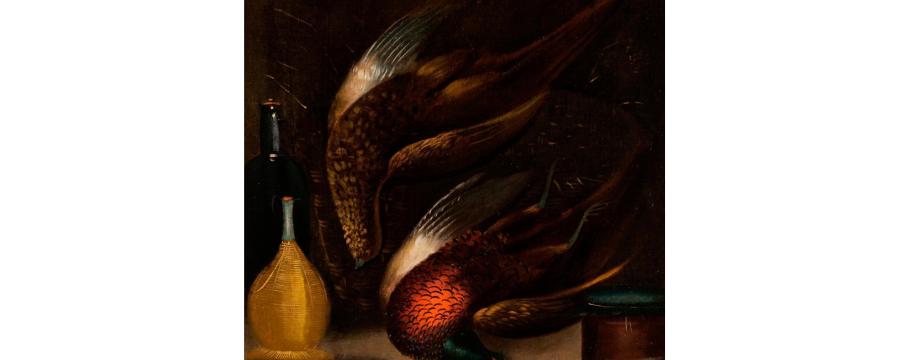
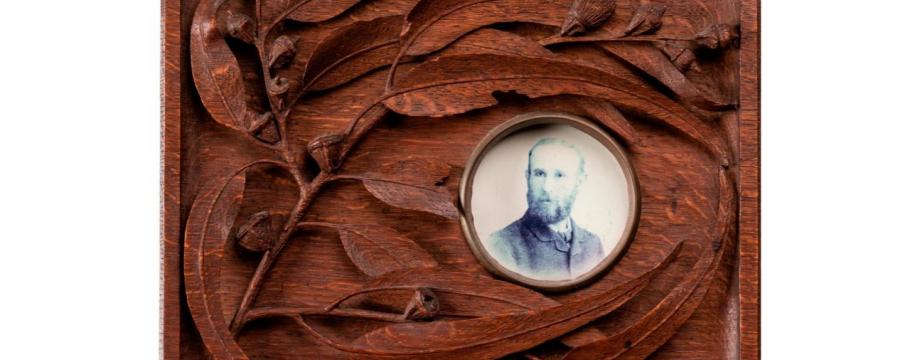
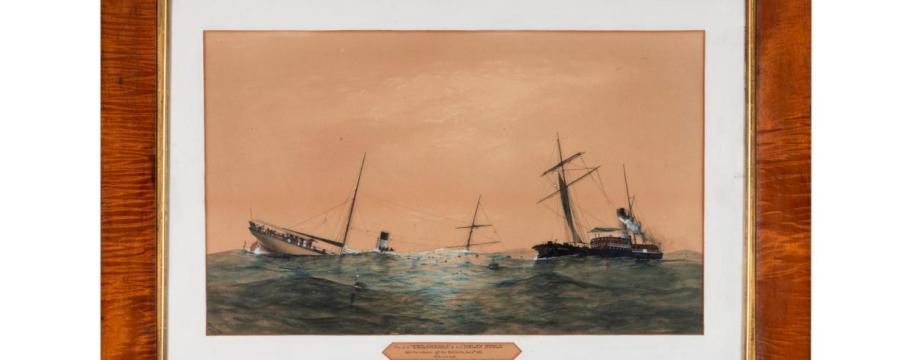
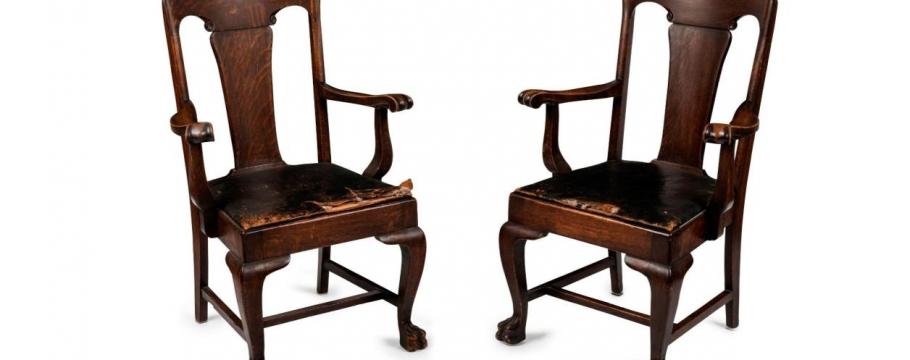
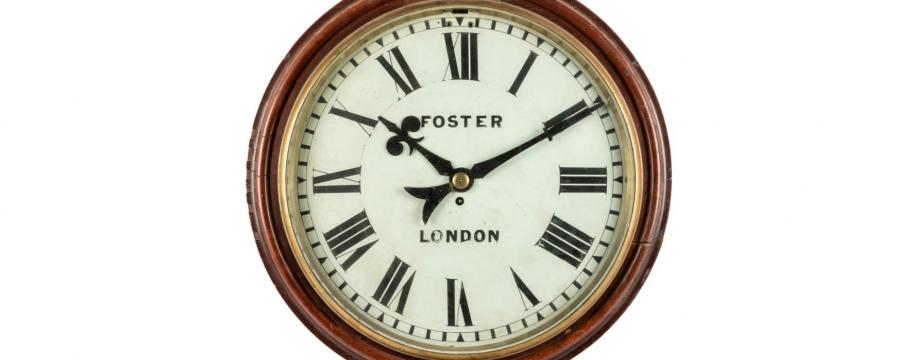
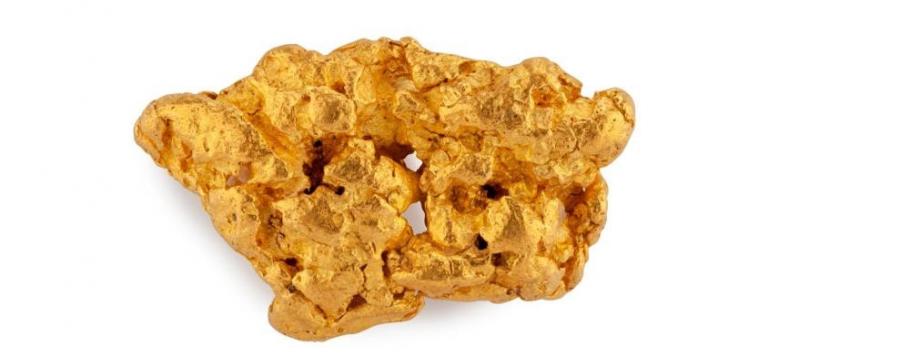
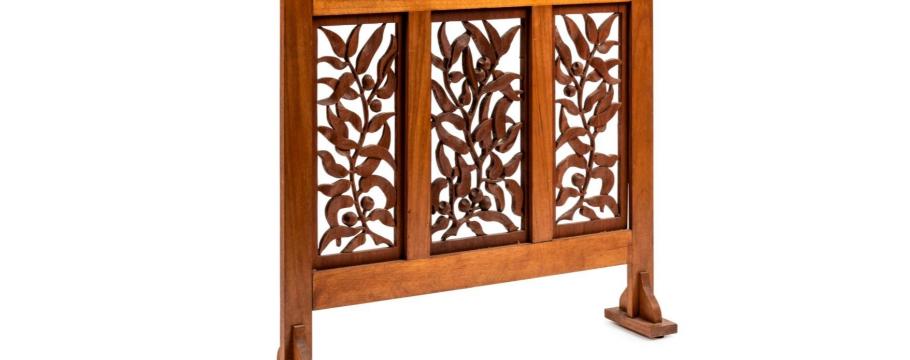
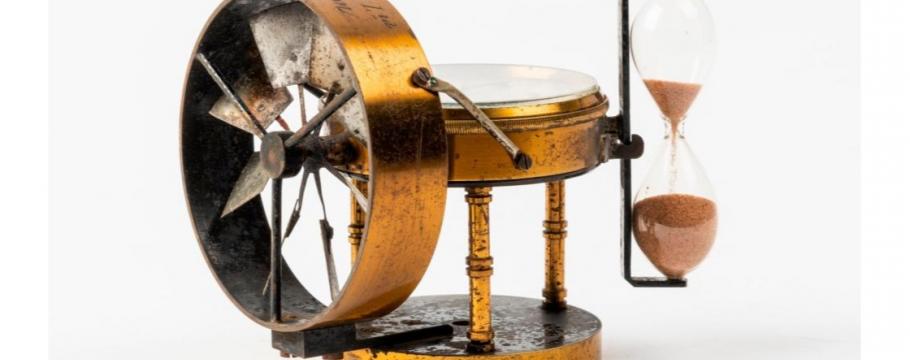
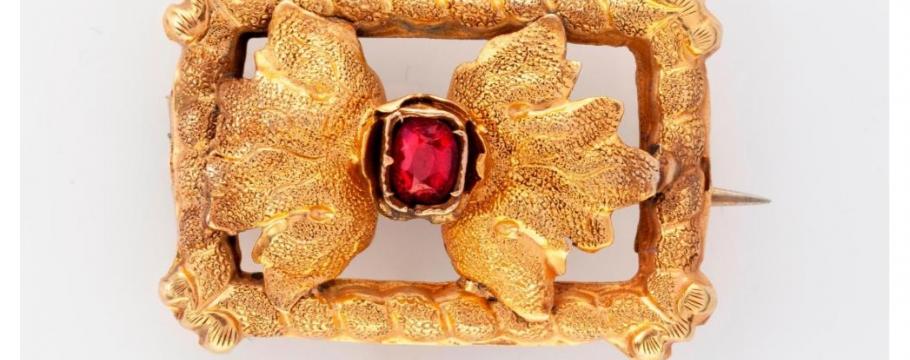
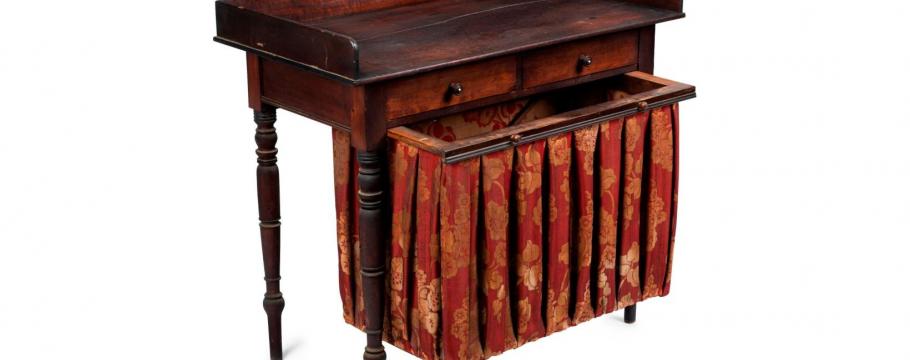
Auction still life an impressive convict artist painting
Author: Richard Brewster | Posted: 4th June, 2019
Convict artist William Buelow Gould’s Still Life with Pheasant, (lot 151) which he painted about 1846, is an interesting, if rather, dark study and one of the higher value lots in Gibson Auctions forthcoming sale entitled The Australian Collection.
The auction will be held from 2pm Sunday June 16 at Level 1, 885-889 High Street, Armadale and is notable for its comprehensive range of historic collectables.
Born in 1801 in Liverpool, England and said to be a porcelain painter at Spode’s factory, Gould was sentenced to seven years transportation in Van Diemen’s Land (now Tasmania) for stealing a coat.
When he arrived in Hobart Town in 1827, he was sent to work in the brickfields but was constantly in trouble for stealing and drunkenness.
Two years later, Gould was sentenced to Macquarie Harbour on Tasmania’s west coast for passing a forged Derwent Bank note.
On route, half the convicts mutinied and took the brig Cyprus on which they were travelling. The other convicts, including Gould, were marooned with the officers and he was a member of the party that travelled overland to bring help.
As a result, he was among those who had their sentences ameliorated and was then assigned to colonial surgeon Dr James Scott.
While with Scott he painted in perfect technical detail botanical specimens but, in 1832 after more offences, was again sentenced to Macquarie Harbour where he produced exquisite watercolours of flowers, birds and fishes.
Gould’s sketches of Macquarie Harbour provide a unique topographical record of the settlement.
When the penal settlement was abandoned, he was sent to Port Arthur and received his certificate of freedom on June 25, 1835.
The following year, Gould returned to Hobart and in December married Ann Reynolds. Over the next few years he painted game, fish and flower studies in oils but became a confirmed drunkard and was living with his family in abject poverty. He died on December 11, 1853 at his Macquarie Street home.
Examples of Gould’s works can be found in the Tasmanian Museum and Art Gallery (a self-portrait), the National Gallery of Victoria, the Queen Victoria Museum and Art Gallery in Launceston, Entally National House, Franklin House, the National Trust Home, and the Narryna Folk Museum.
The auction painting can be seen in Darby G. William, Buelow Gould, Convict Artist of Van Diemensland, Copperfield Press, Sydney, 1980, colour plate 5, page 86.
Various items belonging to the estate of industrial chemist, woodcarver and poet John Kendrick Blogg (1851-1936) should attract plenty of attention.
Particularly well-known for his World War I memorials and honour boards, Canadian-born Blogg migrated to Victoria in 1877 and established a prosperous chemical manufacturing company.
Also a fine woodcarver and furniture maker who in the early 1900s settled and worked in Surrey Hills, his most significant honour board is The Shrine in the Surrey Gardens.
Other boards were made for Surrey Hills Primary School, local churches and the bowling club – of which he was a keen member.
One of the auction items on offer is a picture frame carved in high relief with a leafy gum branch and gum nuts and an image of Blogg inscribed ‘about 1890’ (lot 22).
An interesting painting is William James Forster’s (1840-1891) 1886 watercolour entitled The S.S. Keilawarra & S.S. Helen Nicol after the collision off the Solitaries Dec 8th 1886 43 lives lost (lot 149).
Commissioned by Melbourne-based shipping magnate Wiliam Howard Smith, the Keilawarra, which could accommodate 50 passengers, arrived in 1879 in Australia and plied coastal routes between Sydney and Queensland ports.
On the night the ship collided with the Helen Nicoll near North Solitary Island off Coffs harbour due to Captain Nathan Butttrey making a serious navigational error, many passengers (particularly women and children) were drowned – mainly because there were not enough life preservers.
The disaster resulted in new regulations compelling costal passenger ships to carry sufficient life preservers for all on board.
Among the furniture on offer is a pair of circa 1915 carved oak armchairs (lot 48) that belonged to Charles Latham (1882-1968), deputy Premier of Western Australia under James Mitchell from 1930 to 1933.
Latham had a long parliamentary career in Western Australia both as a Minister and Leader of the Opposition and retired in 1960 after another two years as President of the State’s Legislative Council.





